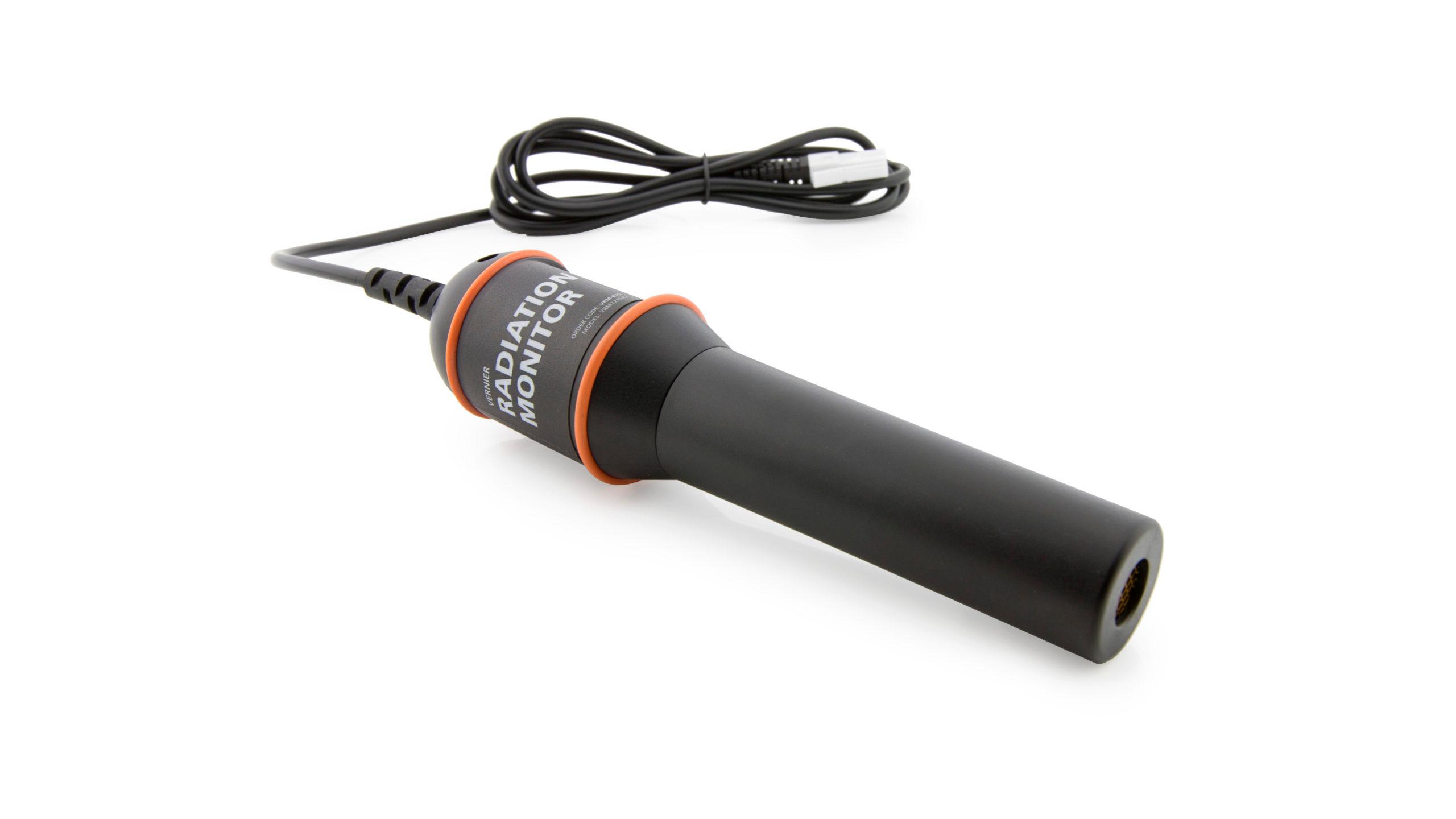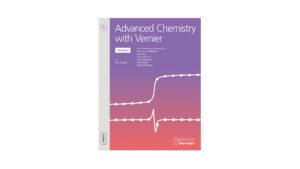Video Overview
Introduction
Alpha, beta, gamma, and X-rays can pass through matter, but can also be absorbed or scattered in varying degrees, depending on the material and on the type and energy of the radiation. Medical X-ray images are possible because bones absorb X-rays more than soft tissues. Strongly radioactive sources are often stored in lead boxes to shield the local environment from the radiation.
Some materials absorb beta rays. A sheet of common cardboard will absorb some of the betas, but will allow most to pass through. You can measure this absorption by fixing a beta source and a radiation monitor so their positions do not change, and then inserting layers of cardboard between them.
When an absorber is in the path of beta rays, it will allow a certain fraction, ƒ, to pass through. The fraction depends on the density and thickness of the absorber, but will be a constant for identical absorbers and fixed beta-ray energy. If the number of counts detected in a count interval is N0 when no absorber is in place, then the counts, N, with the absorber, will be N = ƒ N0. In the preliminary questions, you will develop a more general expression for additional layers of cardboard absorbers, and then test it against real data.
You will use a small source of beta radiation for this experiment. Beta rays are high-energy electrons. Follow all local procedures for handling radioactive materials.
Objectives
In this experiment, you will
- Develop a model for the absorption of beta radiation by matter.
- Use a radiation counter to study how the radiation emitted by a beta source is absorbed by cardboard.
- Test the model against experimental data to determine its validity.
Sensors and Equipment
This experiment features the following sensors and equipment. Additional equipment may be required.
Option 1

Option 2

Ready to Experiment?
Ask an Expert
Get answers to your questions about how to teach this experiment with our support team.
- Call toll-free: 888-837-6437
- Chat with Us
- Email support@vernier.com
Purchase the Lab Book
This experiment is #28 of Advanced Chemistry with Vernier. The experiment in the book includes student instructions as well as instructor information for set up, helpful hints, and sample graphs and data.

